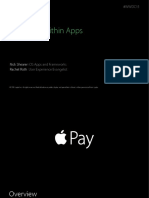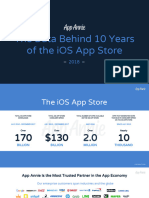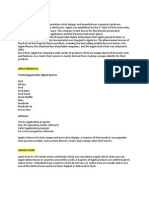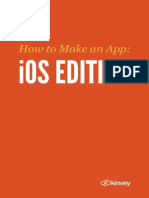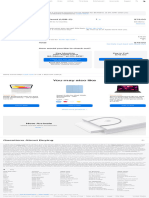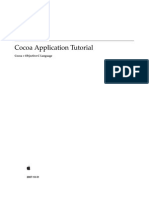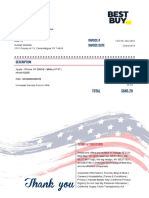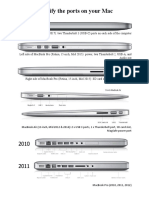0% found this document useful (0 votes)
51 views7 pagesPurchasekit
PurchaseKit is a framework that handles in-app purchases for iOS apps. It includes themes that can be used to present purchase options to users. The framework handles configuration, purchases, and receipt validation. To integrate PurchaseKit, add the framework files to an app project and configure the product IDs and app secret. Buttons or other triggers can then present the purchase themes. Subscription status can also be verified to unlock app content.
Uploaded by
rafiulalhasanCopyright
© © All Rights Reserved
We take content rights seriously. If you suspect this is your content, claim it here.
Available Formats
Download as PDF, TXT or read online on Scribd
0% found this document useful (0 votes)
51 views7 pagesPurchasekit
PurchaseKit is a framework that handles in-app purchases for iOS apps. It includes themes that can be used to present purchase options to users. The framework handles configuration, purchases, and receipt validation. To integrate PurchaseKit, add the framework files to an app project and configure the product IDs and app secret. Buttons or other triggers can then present the purchase themes. Subscription status can also be verified to unlock app content.
Uploaded by
rafiulalhasanCopyright
© © All Rights Reserved
We take content rights seriously. If you suspect this is your content, claim it here.
Available Formats
Download as PDF, TXT or read online on Scribd
/ 7





